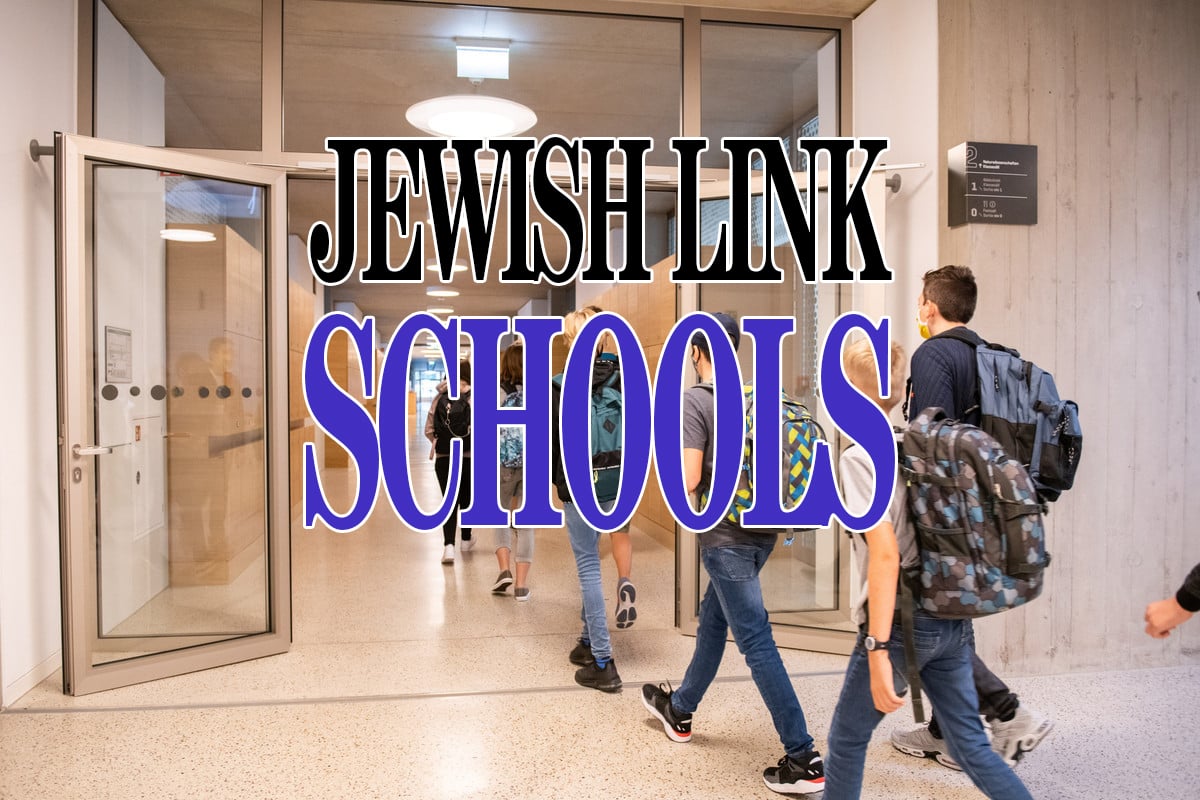Paramus—Ariel Siegel, Program Manager with the Somaly Mam Foundation, was an NYU college student, studying abroad for a semester, when she read Somaly Mam’s book The Road of Lost Innocence for a course in her major, Public Health and Human Rights. “I thought it was the most horrifying account I had ever read and I knew I wanted to work with Somaly Mam or someone like her after I graduated,” Seigel said. She helps secure grants and compile data for the Foundation.
Siegel said she hears many sad stories about women who were exploited and abused by traffickers but also ones with happy endings. “There were three weddings in January. And we were able to rescue one 18 month old child. The women Somaly Mam has rescued are thriving. You can overcome everything with the right love and attention.”
Somaly Mam was born in the Mondulkiri province of Cambodia and sold at age 12 into sexual slavery, where she endured almost a decade of brutal torture in a brothel. After being made to watch the murder of her best friend, she escaped her captors and left the country. In 2007, she founded the Somaly Mam Foundation in New York, with support from two Americans, to finance efforts to end the trafficking of women in Southeast Asia and support shelters to rehabilitate survivors. The Foundation supports a team of 13 women aged 18-25 in Cambodia, former captives who now help others. Mam currently lives and works in Phnom Penh, Cambodia.
The U.S. Department of Health and Human Services estimates that human tracking is a $32 billion a year industry. After drug dealing, it is considered the second-largest criminal industry in the world.
The Global Freedom Center, an organization working to end human trafficking, defines trafficking as service or labor compelled through force, fraud or coercion. Some victims are kidnapped and abducted; others are looking for work and then are defrauded, coerced and unable to leave. The center says that globally 56 percent of trafficked persons are enslaved in a country other than their own, 29 percent are enslaved in the area in which they live and 15 percent are enslaved elsewhere within their own country. Twenty-six percent are under the age of eighteen.
The organization Not for Sale, founded in 2007, says globalization has allowed the industry to flourish due to the ease of conducting business across national borders. Traffickers in women target depressed countries and the geographical areas shift with the times. In the 1970s, Vietnam and Thailand were prime targets for traffickers; in the 1980s girls from Latin American Brazil, Mexico, the Dominican Republic and Central American were favored. In the 1990s, after the collapse of the Soviet Union, Eastern European and Russian girls were targeted. Since 2000, the primary recruitment zone has shifted to Central Asia and Georgia.
In October of 2000, the U.S. passed the Victims of Trafficking and Violence Protection Act (TVPA) that directs the state department to issue an annual report evaluating the performance of governments to confront and prosecute human traffickers by tiers. A Tier 1 country fully complies with the act’s standards, Tier 2 countries are making an effort and tier 3 countries do not comply or make an effort to do so. On March 13, 2013, President Obama signed the reauthorization of TVPA which includes funds for survivors and gives prosecutors new tools to go after traffickers. Last month the White House Forum to Combat Human Trafficking brought together leaders from government, the private sector, advocates and survivors, faith leaders, law enforcement, and academia to talk about what can be done to end human trafficking.
By Bracha Schwartz










